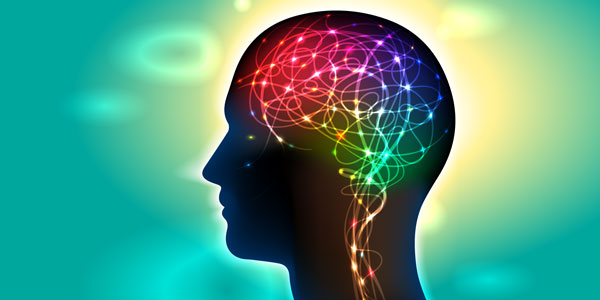Doctors can not know which baby will develop autism for a year, but that’s why magnetic resonance is here.
Using magnetic resonance imaging in infants with older autistic siblings, researchers were able to predict as many as eighty percent of children who would meet criteria for autism at the age of two years. Basically, a particular territory of the mind in youngsters who was determined to have chemical imbalance was becoming quicker in the 12 to two year maturity, dissimilar to kids who were not analyzed later.
Symptoms of autism can be demonstrated between the second and third year in children, and this study, originally published in the journal Nature, suggests the possibility of predicting future autism even before the onset of symptoms. This valuable research project, in his research involved many children from the United States, and is run at many universities under the guidance of a PhD. Joseph Piven of North Carolina.
From here, there will be another project in which the goal of the researchers is to attract more interest in participating in it, to replicate these results. The fact that such projects are conducted in the United States should not be surprising, since there is one out of 68 children affected by autism out there. For children with older siblings, the risk of autism is higher.

The scientists utilized attractive reverberation imaging to get mind results, alongside complex PC calculations, which were set up in isolated gatherings. Dr. Piven points out that the discovery of biomarkers is of exceptional importance for the conditions of autism before the diagnosis due to possible preventive efforts. When autism is diagnosed in the second or third year of life, then the brain is already significantly altered.
We should trust that the second investigation will affirm the precision of the first and will empower the specialists to test and create conceivable aversion, which is not possible at the moment.



